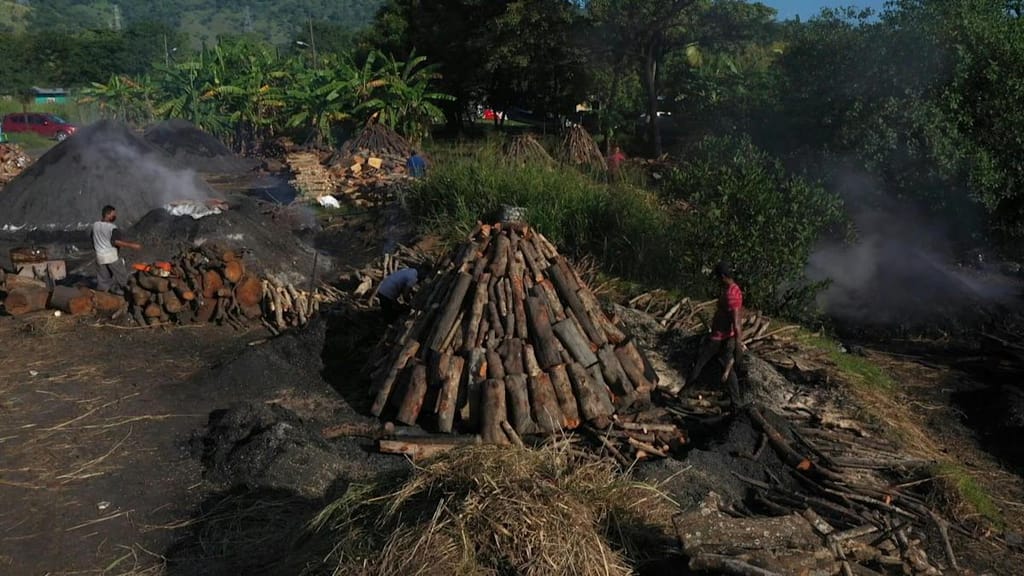
Would you believe that burning forests is an actual profession that people rely on for wages? Well, it is in Panama. Burning the nation’s mangroves and producing coal is a livelihood for several.
Panama: From mangroves to coal
Burning the forest pyres and turning valuable green gold into charcoal is a maligned livelihood. Despite criticism from climate and environmental campaigners in Panama, the business rages forward. Around 200 families from El Espave depend on this for their lively hood. “I have no other choice for a living. This is the daily survival of my family, of my children, of my wife,” said Elieser Rodriguez. “I am 30 years old and have been working at this from 16, 15. It does not bring me wealth. This is a means of survival,” he added. Rodriguez lives in El Espave, a town located 50 miles southwest of Panama City.
El Espave, located on the banks of Bahia de Chame, a large bay has direct access to the mangroves. People produce mangrove charcoal and sell them t restaurants and pizzerias. According to the country’s environmental ministry, the nation boasts over 177,000 hectares of mangroves. Out of it, merely 35 percent is protected. This includes the mangrove forests by the Chame bay. Despite the prohibition on harvesting the forests.
However, for the people of El Espave, producing coal from trees is both their way of life and their only source of income. “If they close this place, what are we going to do? How are we going to live? How are we going to eat?” asked Dario Hidalgo. “And the children who are growing up, what will become of them? What will they do? I think that if there is nothing they will turn to crime, to easy money,” he added. The 42-year old’s ancestors did the same work.
Carbon sinks turn Carbon sources
Both the government and the community are interested in finding a permanent solution to the conflict between survival and conservation. As per the UN Environment Program (UNEP), mangroves are crucial in protecting coastlines from extreme weather events and erosion. Additionally, mangroves also improve water quality as they filter the water. They also serve as a nursery for sea creatures.
All in all, mangroves are segregating about 22.8 million tons of carbon annually. According to research from UNEP, mangroves contain more carbon per square meter than tropical rainforests. And, those in Panama carry the weight of 52 million tons of carbon. Hence, degrading these carbon sinks is making the mangroves a source of carbon dioxide and adding to climate change. “When we cut here, we always leave two, three, or four trees for the seed to fall and continue to reproduce,” explained Israel Gonzalez. He added that the thinner plants are not used and that they do their best to preserve the ecosystem that sustains them.
